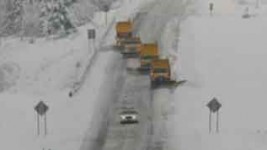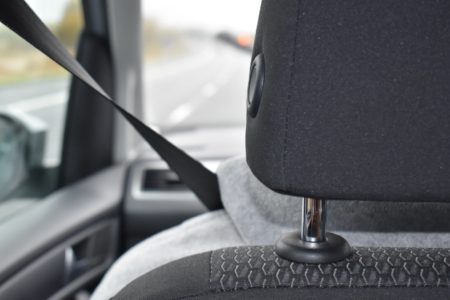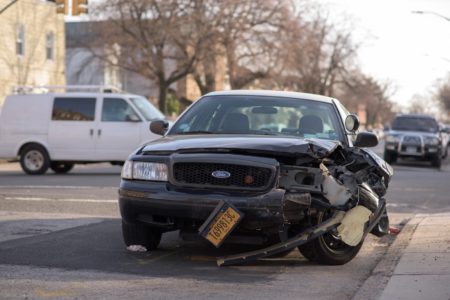Learn to Drive | Winter Driving
If you live in a climate where it snows you will need to learn how to drive a car in snowy conditions. The video shows the things that can happen. Although the situations are funny they can quickly result in vehicle damage, injuries and death. As a new driver you need to learn to drive on snow, ice and any other slippery conditions. During your first year of driving a car you may encounter snow and ice. Be sure to practice driving a car in these conditions. Make this a part of your “Learn to Drive” checklist and practice in open spaces where you can’t hit anything or go off the road. You will quickly learn how easy it is to lose traction. Look for more information in the Driving Lessons sections of the Workbook and the Video Library. See Driving Lesson 19.
Learn To Drive: Driving Lessons Video Library
Essential Winter Driving Tips from the Pros
A lot of teens believe that quick reactions make a good driver, but they’re wrong. The world’s best drivers are trained to anticipate problems early and direct the vehicle appropriately before they become involved in a problem.
Reacting too quickly can be dangerous if the driver’s response is inappropriate. As you learn to drive remember to:
- “anticipate problems”
-
Respond to them early
-
Avoid panic
-
Maintain your calm
The driver and vehicle are equally important to success on ice and snow. Winter driving can, and should, be an enjoyable, hazard-free experience for everyone.
While Driving a car in Winter …
Know your car and know your brakes.
In everyday driving situations, cars with both ABS (Anti Lock Brakes) and traditional braking systems are basically identical. In an emergency stopping situation, two distinctly different techniques are required.
Anticipate Difficult Situations
Studies have shown that 80% of all crashes could be prevented with only 1 additional second to react. In many situations, this 1-second can be gained by looking far enough down the road to identify problems.
Vehicle Spacing on the Road
Allow plenty of space between yourself and other vehicles. It takes from four to ten times more distance to stop on ice and snow than on dry pavement. Following distances should be adjusted accordingly.
Braking on Icy Roads
Icy roads make traction difficult and sometimes when you try to brake you could start skidding.
If Your Wheels Start to Skid …
-
DO remain calm and in control. (Don’t panic.)
-
DO keep your eyes on where you WANT to go – (NOT where your skidding car is headed!)
-
DON’T stomp on the brake (that will only make the situation worse!)
-
DO steer into the skid (point the wheels in the direction that you would rather be going)
-
Once the car is under control, DO accelerate smoothly. Smooth acceleration will cause a weight transfer to the rear wheels and help regain grip.
If Your Vehicle Refuses to Turn and the Front Wheels are Skidding …
-
DON’T panic.
-
DON’T hit the brake or jerk the steering wheel
-
DO lift off the accelerator
-
DO turn back toward straight a slight amount (this will allow the front wheel to regain grip and start rolling again)
-
Once grip and steering effectiveness are restored, you can smoothly steer back in to the curve.
Use Grip (Traction) Efficiently –
-
When roads are slippery, use all of the grip (traction) available for one action at a time.
-
Brake only in a straight line prior to the curve when the car is traveling straight.
-
Taking your foot off the brake before you steer into the curve allows you to use all of the grip available just for steering.
-
Accelerate only when you are able to straighten the steering wheel at the exit of the turn. This technique will allow you to be 100% effective at each maneuver- braking, steering and acceleration.





